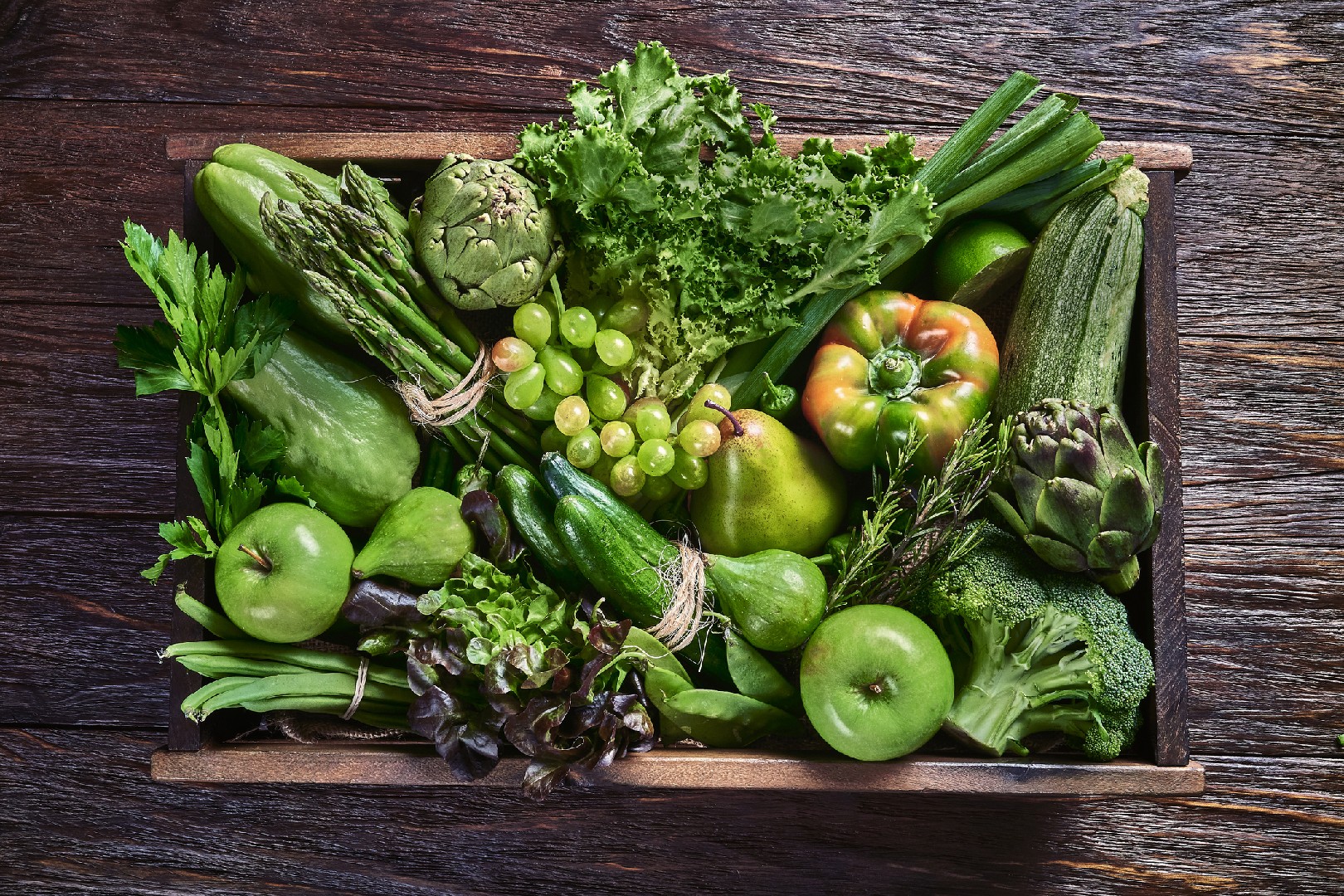![Rectangle]()
Understanding the Importance of Proper Veggie Storage
Proper vegetable storage is crucial for maintaining the freshness and quality of your harvest. When vegetables are not stored correctly, they can spoil quickly and lose their nutritional value. Understanding the effects of improper storage, the benefits of appropriate vegetable storage, and the role of proper storage in extending the harvest can help you make the most of your vegetables.
One of the main effects of improper storage on vegetables is accelerated spoilage. If vegetables are exposed to air, light, or moisture, they can deteriorate rapidly. For example, leaving tomatoes at room temperature can cause them to lose their firmness and develop a mushy texture. This is due to enzymes in the vegetables that continue to break down their structure, even after they are harvested. By storing vegetables properly, you can slow down these enzymatic reactions and maintain their freshness for longer.
In addition to preventing spoilage, appropriate vegetable storage offers several benefits. Firstly, it helps to preserve the nutritional value of the vegetables. Many vitamins and minerals are sensitive to heat, light, and air. By storing vegetables in cool and dark conditions, you can minimize the loss of these essential nutrients. Secondly, proper storage can enhance the flavor and texture of your vegetables. For example, storing carrots in a perforated bag in the refrigerator can prevent them from becoming dry and maintain their crunchy texture.
Proper vegetable storage is essential for extending the harvest. When vegetables are stored correctly, they can last much longer, allowing you to enjoy the fruits of your labor for weeks or even months. This is particularly beneficial if you have a large harvest or if you want to stock up on seasonal produce. By following the right storage practices, you can prevent wastage and make the most of your homegrown or locally sourced vegetables.
To ensure proper vegetable storage, there are a few methods and skills you can employ. Firstly, it's important to clean your vegetables thoroughly before storage. Removing dirt and debris helps to prevent the growth of mold and bacteria. Secondly, most vegetables need to be stored in a cool and dark location. Refrigerators are suitable for many types of vegetables, but some, like potatoes and onions, prefer a dry and well-ventilated pantry. Additionally, using airtight containers or sealing your vegetables in plastic bags can help maintain their freshness and prevent them from drying out or absorbing odors.
In conclusion, proper vegetable storage plays a vital role in maintaining the freshness, flavor, and nutritional value of your harvest. By understanding the effects of improper storage, the benefits of appropriate storage, and the role it plays in extending the harvest, you can ensure that your vegetables last longer and stay in optimal condition. Implementing practical storage methods and adopting good storage practices will not only reduce food waste but also allow you to enjoy your homegrown or locally sourced vegetables for an extended period, providing you with a sustainable and nutritious food source.





